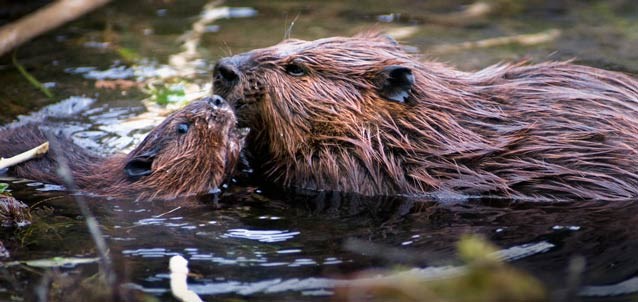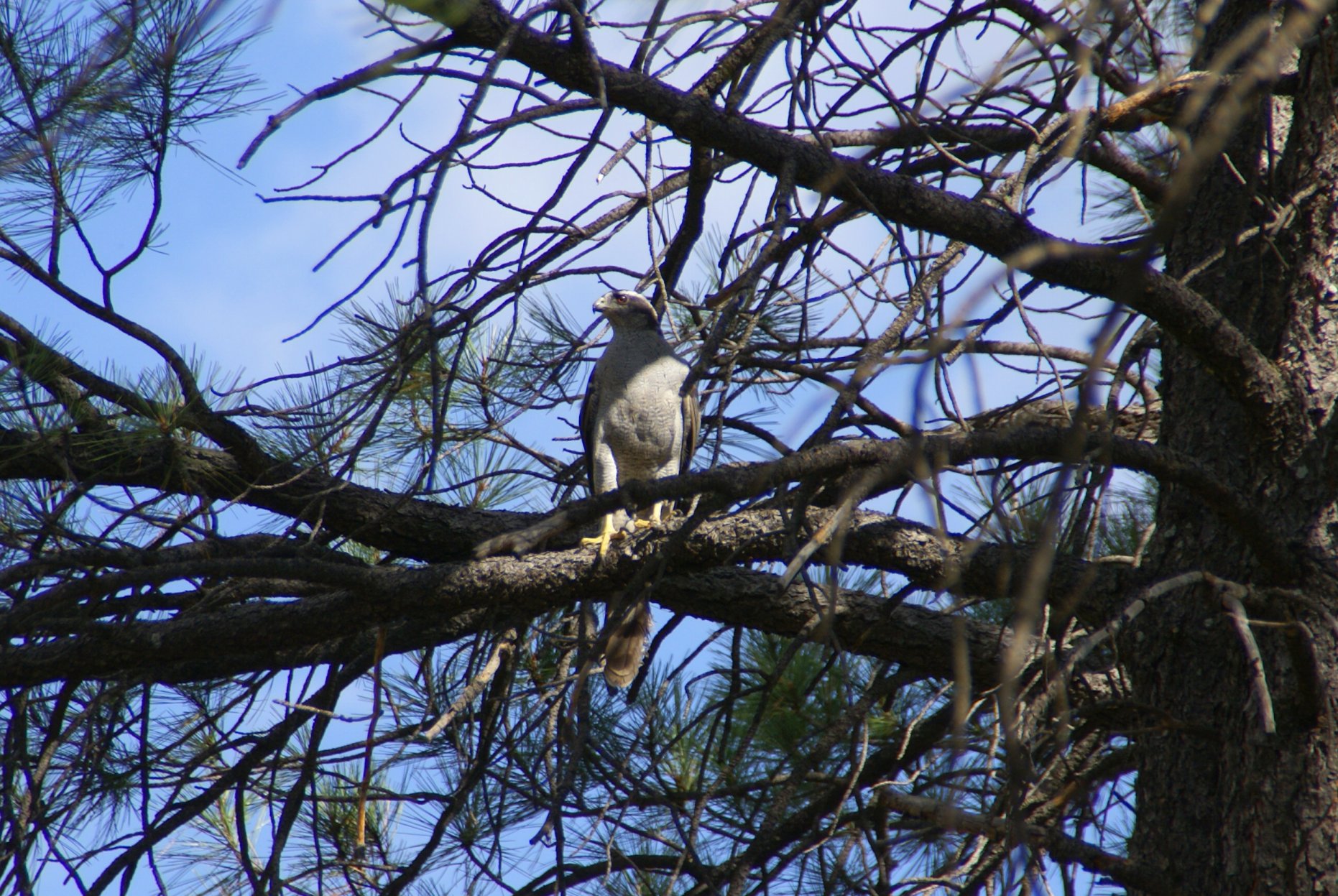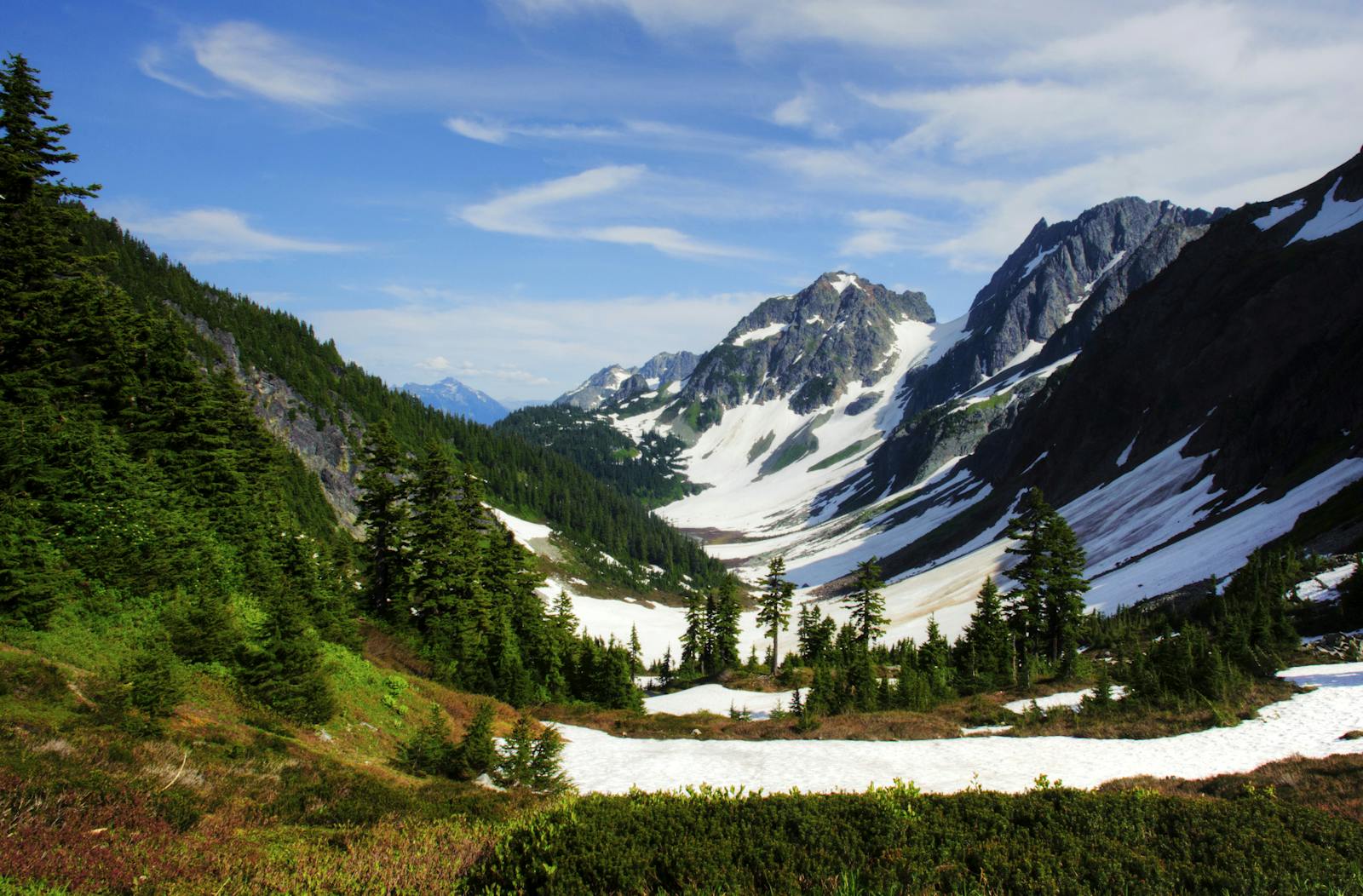North Cascades Conifer Forests
The ecoregion’s land area is provided in units of 1,000 hectares. The conservation target is the Global Safety Net (GSN1) area for the given ecoregion. The protection level indicates the percentage of the GSN goal that is currently protected on a scale of 0-10. N/A means data is not available at this time.
Bioregion: Cascades Mountain Forests & Valleys (NA16)
Realm: Northern America
Ecoregion Size (1000 ha):
3,524
Ecoregion ID:
358
Conservation Target:
72%
Protection Level:
6
States: United States: WA. Canada: BC
The North Cascades Conifer Forests ecoregion encompasses the northern section of the Cascades Mountains in Washington and adjacent British Columbia. Spanning the western and eastern slopes of the Cascades, this ecoregion is bounded on the west by the Puget Lowland Forests, within which lie (from south to north) the cities of Seattle, Everett, Bellingham, Abbotsford, and Vancouver; on the north by the British Columbia Coastal Conifer Forests and Okanogan Dry Forests ecoregions; on the east by the Palouse Prairie ecoregion; and on the south by the Central-Southern Cascades Forests and Eastern Cascades Forests ecoregion.
The Wenatchee Mountains are the southernmost range in this ecoregion, with the eastern end of these mountains extending into the Eastern Cascades with foothills in the Palouse Prairie. Hikers and mountaineers often refer to the North Cascades as the “American Alps” because of their steep, jagged peaks. Unlike the isolated volcanos of the Central and Southern Cascades, the North Cascades form a more complex and connected mass of glaciated high mountains. The greatest concentration of active glaciers in the 48 conterminous states occurs in the Washington portion of the North Cascades. The five tallest peaks in the North Cascades are Mount Baker (3,286 m), Glacier Peak (3,206+ m), Bonanza Peak (2,899 m), Mount Fernow (2,819 m), and Goode Mountain (2,804+ m).

The flagship species of the North Cascades Conifer Forests ecoregion is the mountain beaver. Image credit: Courtesy of the National Park Service
Because it spans both major slopes of the Cascades Mountains, this ecoregion has highly variable climate and associated vegetation. Due to the prevailing westerly winds off the Pacific Ocean, the western slope receives high precipitation, on the order of 1,500-6,400 mm annually, mostly falling in winter. This ecoregion may receive the highest snowfall on Earth, with 29 m of snow in one winter season reported for Mount Baker.i The western slope is occupied mostly by temperate rainforest.
Major forest types include the western hemlock-western red cedar, Pacific silver fir, and mountain hemlock zones. High and mixed-severity fire is the typical disturbance regime in these forests. High elevations feature Alaska yellow cedar, mountain hemlock, and various firs, with alpine tundra on the high peaks.
The drier east slope, in the rain shadow of the mountains, contains vegetation similar to the Eastern Cascades Forests ecoregion, with ponderosa pine woodlands (which have a frequent surface fire to mixed-severity fire regime) and lodgepole pine forests most common, along with some Douglas-fir, grand fir, and Oregon white oak woodlands as well as grassland. Understory plants include Idaho fescue, bluebunch wheatgrass, antelope bitterbrush, Oregon grape, hazel, and snowberry.
The grand fir/Douglas-fir zone of the east side contains the most diverse forests in the region, with grand fir, Douglas-fir, Engelmann spruce, subalpine fir, lodgepole pine, ponderosa pine, western white pine, whitebark pine, western larch, and subalpine larch. Serpentine soils with unusual plant communities adapted to their extreme conditions (high in iron, magnesium, and some other minerals) are found in parts of the North Cascades, most abundantly in the Wenatchee Mountains. Altogether, some 1,630 species of vascular plants are reported for the North Cascades Conifer Forests ecoregion.

Northern goshawk in tree. Image credit: Creative Commons
Faunal species of high conservation concern in the North Cascades include the marbled murrelet, northern goshawk, peregrine falcon, northern spotted owl, Townsend’s mole, Pacific water shrew, mountain beaver, fisher, Johnson’s hairstreak, and several snails and slugs. Fewer than a dozen grizzly bears, along with several packs of wolves, remain in this ecoregion. Other predators include black bear, puma, and (at low densities) lynx and wolverine.
Due to the rugged terrain, this ecoregion has not been as heavily logged as the Cascades forests to the south. Priority conservation actions for the next decade are to: 1) restore forest and aquatic integrity by protecting all remaining late-seral forests, naturally disturbed early-seral forests, roadless areas, and biodiversity hotspots; 2) improve forest management, including managing to avoid catastrophic wildfires and prohibiting salvage logging after disturbance; and 3) fully recover populations of at-risk species such as the lynx, wolverine, wolf, and grizzly bear.
Citations
1. Franklin, J.F., and C.T. Dyrness. 1973 (plus 1988 Supplement). Natural Vegetation of Oregon and Washington. Oregon State University Press, Corvallis.
2. Ecology of the North Cascades. https://en.wikipedia.org/wiki/Ecology_of_the_North_Cascades
3. North Cascades Ecoregion. http://www.landscope.org/explore/natural_geographies/ecoregions/North%20Cascades/



